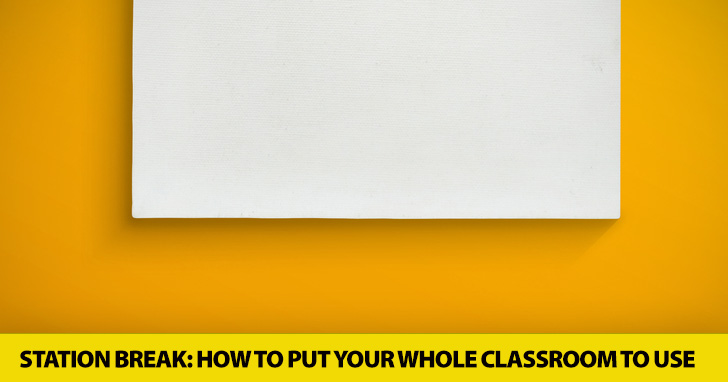Say It Loud and Say It Proud: 8 Fun Games for Teaching English Pronunciation



In this game, students listen to you for target words and sounds and then race to one of the four walls in your classroom. The last person to touch the correct wall is eliminated. Play continues until only one person remains in the game and claims the title of winner.

Before you play this game, you might want to have your students move their desks to the corners of the room to avoid collisions as they are running around the classroom. Another option is to make the game walk only. Once you set up the room, you will have to define the walls for the game. This is where you can choose exactly what you want to test your students on. You can see some options below for grammar, listening, and vocabulary, but the possibilities really are endless. You can have students listen for certain sounds, vocabulary words, grammatical structures, anything.
After you decide what students will listen for, assign each item to one wall. The wall is then considered a station. If you want an easier game, write the target sound or word on a standard piece of paper and tape it to the appropriate station. (If you are playing with all four walls of your classroom, have four things to listen for. If you want to have fewer items to listen for, use fewer walls.) If you want to make the game more challenging, tell your students what each station represents but do not label it. Then it’s time to play.
Here are some versions of this simple game you might want to try with your students.

This is a good version of Stations when you want to test vocabulary. It’s particularly good for teaching groups of synonyms or antonyms. You can choose either one or two words and define either two or four stations respectively. Start by telling your students what the two target words are. (You might consider labeling each station with the word and whether it is for the synonym or antonym.) Then read individual sentences that use either a synonym or antonym of the target words. When students hear the word, they run to the correct station. If anyone runs to the incorrect station, they are eliminated. If everyone runs to the correct wall, the last person to touch the wall is eliminated. If you want to make the game more challenging, rather than reading individual sentences, read a paragraph and have your students run every time they hear a synonym or antonym of the target words.
Stations is a great game to play when you want students to listen for a certain sound. You might designate two stations as the voiced and voiceless pairs (such as /b/ and /p/), or you can designate each station a different vowel sound. Read off words individually putting one of the target sounds as the initial or final sound of the word.
Another great listening version is with past tense verbs. Designate one station /t/ one /d/ and a third /ed/. Then make the fourth station for irregular past tense verbs. Each round read a sentence using a past tense verb and have students run to the appropriate station.
If you want to use Stations to test a particular grammar concept, you can use it this way, too. First, think about what skill you want to test, for example the present tense versus the present progressive. In this case, you would designate three stations – one for the present, one for the present progressive, and one for incorrect verb use. Read a sentence to your class, and have your students run to the station labeled for the verb tense they heard. If they heard the simple present used correctly, they run to station number one. If they hear the present progressive used correctly, they run to station two. If they hear either tense used incorrectly, they run to station number three.
Another way to test grammar with Stations is to define each wall as a different part of speech. Then, when you are ready to play, read individual words and have your students go to the appropriate station. If you really want to give them a challenge, include words on your list that can play more than one part of speech. Then both stations will be correct answers, and your students won’t be able to just follow the rest of the pack to the correct wall.

If you don’t have the room for this game or your students aren’t suited for running around the classroom, don’t despair. You can still play with your students seated. Rather than running to the stations, you can have students point at the correct wall. Another option is to have them slap one of four colored cards on their desk. Students can also sit or stand by their desk with hands up, down, in, or out for the four different options. You can also choose not to eliminate students so that everyone participates for the entire game. This game really has so much potential, and you can tailor it to the exact needs of your students. A little trial and error will tell you just what works best for your students, and you will have a go-to game ready any time you need it.
What are your favorite versions of the game?